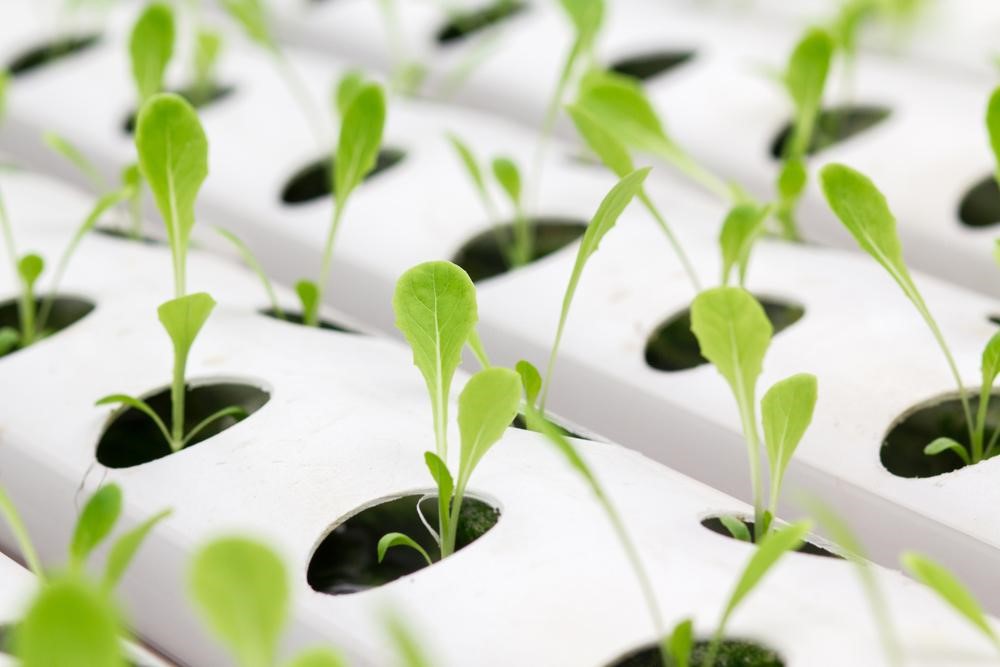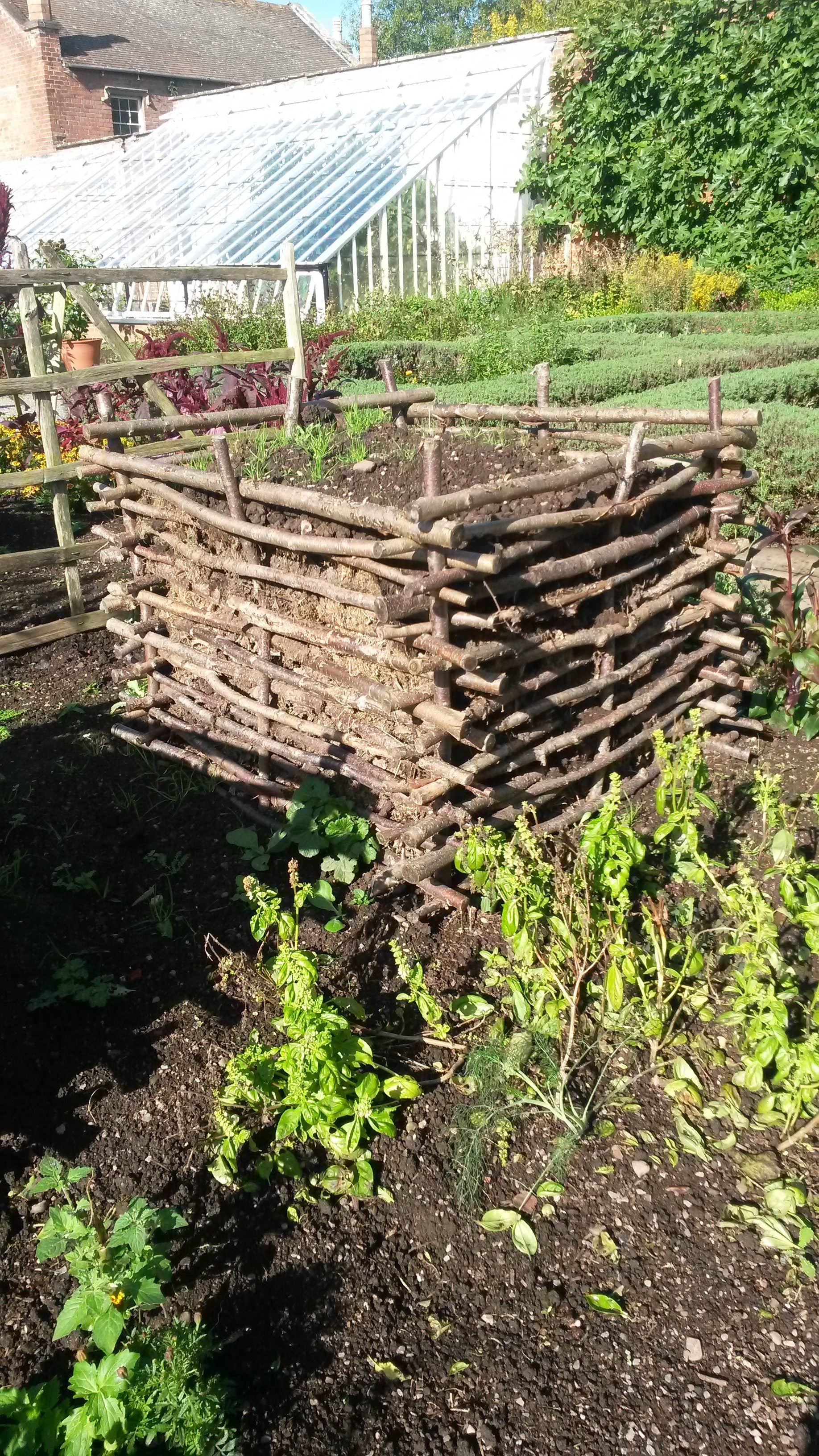A closer look at hydroponic gardening- a no soil, nutrient and water-based solution method of growing food.

Hydroponic gardening is an industry that has been gradually making its way to the innovative systems of the future, especially in the developed countries like New Zealand. At this point, this discovery hasn’t reached its full potential yet. With its ability to broaden gardening in areas where there is a scarcity of land and space, enthusiasts are accepting its potential to change the course towards sustainable life.
Hydroponics: A Short Overview
Hydroponics is a system in which plants are being cultivated even without soil. Instead, a solution using water and significant nutrients are utilized to grow a specific plant. The nutrient solution or growing media can be vermiculite, perlite, coconut coir, and other mixtures. If you had tried placing a plant clipping or seedling in a glass of water and observed a few roots had grown, then you already practiced hydroponic gardening.
Promoting Sustainable Life Through Hydroponics Gardening
Hydroponic gardening promotes various advantages, and these are the following:
- The nutrient ratio is well-controlled and balanced for optimum plant growth. Hence, in areas where drought is experienced, hydroponics is one way to keep the supply of crops going.
- You can create your own hydroponic garden anywhere, regardless of space.
- The technique requires less water consumption.
- Gardens can yield more and better-tasting productions complete with the essential nutrients.
- Hydroponic gardens can be grown all year round. Therefore, you can continuously cultivate products without waiting for seasons to change. This means that even during winter, you can grow plants that can usually be harvested in summer. You just need to set up the appropriate growing environment through the help of cooling or heating equipment. Amazing right?
- With lesser hassles and maintenance, hydroponics gardening promotes enjoyment and relaxation for gardeners. Plus, it can also be a bonding activity for friends and family.

Lettuce is one of the widely commercially-produced food using hydroponics
Hydroponics Gardening and Its Environmental Benefits
Hydroponics has been heralded to improve the economic aspect while alleviating the problems being thrown into the environment. The gardening systems can be established to recycle the nutrients and water; therefore, they are a significant help in reducing the necessary resources to grow plants and food.
According to the Hydroponics experts, this type of gardening can be helpful in areas where irrigation systems are a problem. Furthermore, the systems also eliminate the requirement for pesticides and herbicides. The chances of growing healthy plants are increased while reducing the use of fertilizers.
In addition, it has been observed that the amount of feasible gardening land is continuously decreasing; therefore, hydroponic gardening will again be beneficial for promoting sustainable life. Also, since gardeners can make use of both natural and
artificial lighting for the plants, the garden is able to produce several yields per year.
Finally, studies have predicted that the food produced through hydroponic gardening can solve the lack of food source for over-populated areas since people can grow their food in the basements or on rooftops.
Hydroponics promotes higher volumes of production as compared to the traditional way of gardening.
 Hydroponic Systems For a Sustainable Life (6 Types)
Hydroponic Systems For a Sustainable Life (6 Types)
Hydroponics involves a broad concept in which the experts have studied various techniques in order to produce higher chances of sustainable life. At present, there are six known types of hydroponic gardening, and these are as follows:
- Nutrient Film Technique
This technique is widely used for plants with small roots like the leafy greens. This is popular in the production of commercial lettuce. This involves lesser usage of growing medium, and the recirculating system yields reduced the amount of waste.
The only downsides of the technique are:
- The pump necessary to distribute the nutrients may malfunction, thus ruining crop growth.
- Overgrown roots may clog the channels.

Commercial growers are quickly setting up their own greenhouse farms to cultivate various products using hydroponic systems. They are taking advantage of a more profitable way of producing goods for people.
- Deep Water Culture
The roots of the plants are submerged into the water-nutrient solution with a direct source of air on the roots. This system is efficient in plants that are large in size or those that are bearing abundant fruits.
- Wick System
The simplest type of hydroponic gardening is the wick system wherein there is no need for pumps, electricity, and aerators. Using a wick nylon, the nutrients are being transferred from the solution to the plant. This system is perfect for households who are fond of growing herbs and spices.
Even with little space, anyone can establish his or her own hydroponic garden.
- Flood and Drain System
This type of system is well-accepted in homes because it is easy to operate and use. The technique involves submerging the plants into the nutrient solution at given intervals. It is the ideal system for plants that are habituated with dryness. With the right hydroponics knowledge, this system can help promote sustainable gardening in these dry areas.
- Drip System
This method is widely used by commercial growers and is frequently utilized on backyard gardens. The system is easy to install and set up and is flexible to various changes. It involves gradual feed of the solution to the medium while being paired with a draining medium. However, the system has high chances of clogging.
- Aeroponics
The system works by misting the roots of the plants with the nutrient solution while they are suspended in the air. It is considered as one of the most complicated methods but the most modern one.


An example of how hydroponic systems work in producing and growing plants and food. No soil is needed for the system, rather a growing medium and water plus light is necessary in order to grow plants.
Final Thoughts!
Experts are studying the possibility that hydroponic gardening can be the source of sustainable life of the future. With the evident destruction of the environment, paired with the overpopulated cities and increasing value of goods and commodities, people are searching for alternative ways of producing food. Hydroponics pose a huge chance of saving the future from the inevitable need and search for healthy and affordable food.
Learn a lot from this article? The least you can do is to start living a sustainable lifestyle today. Thank you for dropping by and have a great day!
Hi there! I’m Lucy - founder of GardenAmbition.com and I’m a self-confessed garden fanatic. Gardening has always been a passion of mine and will always be my favorite pastime. Now that I am married and have one adorable son, I have the time to write and share my personal experiences with other garden enthusiasts like me.
 Hydroponic gardening is an industry that has been gradually making its way to the innovative systems of the future, especially in the developed countries like New Zealand. At this point, this discovery hasn’t reached its full potential yet. With its ability to broaden gardening in areas where there is a scarcity of land and space, enthusiasts are accepting its potential to change the course towards sustainable life.
Hydroponic gardening is an industry that has been gradually making its way to the innovative systems of the future, especially in the developed countries like New Zealand. At this point, this discovery hasn’t reached its full potential yet. With its ability to broaden gardening in areas where there is a scarcity of land and space, enthusiasts are accepting its potential to change the course towards sustainable life.
 Lettuce is one of the widely commercially-produced food using hydroponics
Lettuce is one of the widely commercially-produced food using hydroponics Hydroponic Systems For a Sustainable Life (6 Types)
Hydroponics involves a broad concept in which the experts have studied various techniques in order to produce higher chances of sustainable life. At present, there are six known types of hydroponic gardening, and these are as follows:
Hydroponic Systems For a Sustainable Life (6 Types)
Hydroponics involves a broad concept in which the experts have studied various techniques in order to produce higher chances of sustainable life. At present, there are six known types of hydroponic gardening, and these are as follows:
 Commercial growers are quickly setting up their own greenhouse farms to cultivate various products using hydroponic systems. They are taking advantage of a more profitable way of producing goods for people.
Commercial growers are quickly setting up their own greenhouse farms to cultivate various products using hydroponic systems. They are taking advantage of a more profitable way of producing goods for people.

 An example of how hydroponic systems work in producing and growing plants and food. No soil is needed for the system, rather a growing medium and water plus light is necessary in order to grow plants.
Final Thoughts!
Experts are studying the possibility that hydroponic gardening can be the source of sustainable life of the future. With the evident destruction of the environment, paired with the overpopulated cities and increasing value of goods and commodities, people are searching for alternative ways of producing food. Hydroponics pose a huge chance of saving the future from the inevitable need and search for healthy and affordable food.
Learn a lot from this article? The least you can do is to start living a sustainable lifestyle today. Thank you for dropping by and have a great day!
An example of how hydroponic systems work in producing and growing plants and food. No soil is needed for the system, rather a growing medium and water plus light is necessary in order to grow plants.
Final Thoughts!
Experts are studying the possibility that hydroponic gardening can be the source of sustainable life of the future. With the evident destruction of the environment, paired with the overpopulated cities and increasing value of goods and commodities, people are searching for alternative ways of producing food. Hydroponics pose a huge chance of saving the future from the inevitable need and search for healthy and affordable food.
Learn a lot from this article? The least you can do is to start living a sustainable lifestyle today. Thank you for dropping by and have a great day!

 A guest contribution from Lucy of
A guest contribution from Lucy of 
